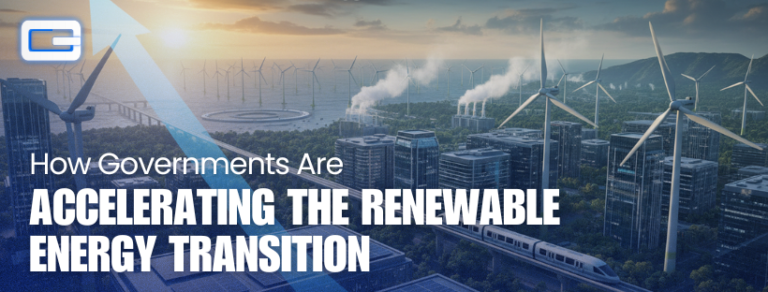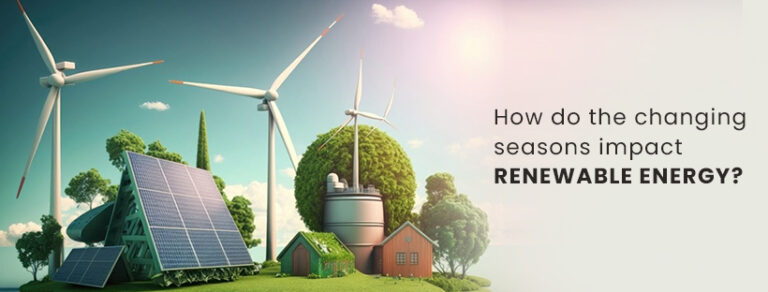The concept of generating electricity just by walking might sound futuristic, but it is already becoming a practical solution in modern cities. The secret lies in kinetic flooring systems like StepVolt, which capture the energy produced when people move and turn it into usable electrical power. Every step we take releases energy, and instead of letting it go to waste, these systems transform it into clean, renewable electricity.
The Science Behind Walking Power
When a person walks, their foot applies pressure and force to the ground. Normally, this energy dissipates into the floor as heat and vibration. StepVolt’s smart flooring captures this energy through a mechanical assembly of springs and levers. This force is then directed into piezoelectric elements or electromagnetic coils, which convert mechanical energy into electrical energy.
The generated electricity is stored in supercapacitors or rechargeable lithium-ion batteries and managed by a microcontroller that regulates power flow. Additionally, StepVolt integrates an IoT module that allows real-time monitoring, predictive maintenance, and even public engagement by showing how much energy has been generated.
On average, each step can generate 4–6 watts of power, which may seem small, but in high-footfall areas, thousands of steps quickly add up to significant amounts of renewable energy.
Where Walking Power Works Best
Walking-based electricity generation works best in places where large numbers of people move daily. Here are some ideal locations:
Metro Stations
Metro stations see thousands, sometimes millions, of daily commuters. Each step on a kinetic flooring block could contribute to powering station lights, digital signboards, or even mobile charging points, reducing reliance on grid power.
Shopping Malls
Malls are prime candidates because of constant foot traffic from shoppers. StepVolt can be installed in corridors and entrances to generate electricity for decorative lighting, advertising displays, or even escalator support systems.
Airports
With international passengers moving around terminals day and night, airports represent one of the highest energy-generation opportunities. Footstep power could help sustain WiFi routers, digital kiosks, or emergency lighting systems.
School Corridors
Schools provide not only a functional but also an educational use case. As students walk on kinetic floors, the energy generated can be displayed on dashboards, teaching young people about renewable energy and sustainability in an engaging way.
Public Parks and Crosswalks
Parks and outdoor walkways generate community awareness by letting people see renewable energy in action. Imagine crosswalks that light up at night, powered only by the footsteps of pedestrians during the day.
Office Lobbies
Corporate complexes with heavy daily traffic can reduce energy bills by using kinetic flooring to power lobby lighting or digital information boards, while also showcasing their commitment to sustainability.
Conclusion
Walking doesn’t just move us forward; it can also power the future. By harnessing the untapped energy of footsteps, systems like StepVolt are creating a sustainable way to generate electricity in everyday spaces. From metro stations and malls to schools and parks, walking power transforms ordinary movement into extraordinary renewable energy.
The next time you take a step, imagine it contributing to the lights above you or the WiFi you’re connected to; that’s the promise of kinetic flooring technology.




